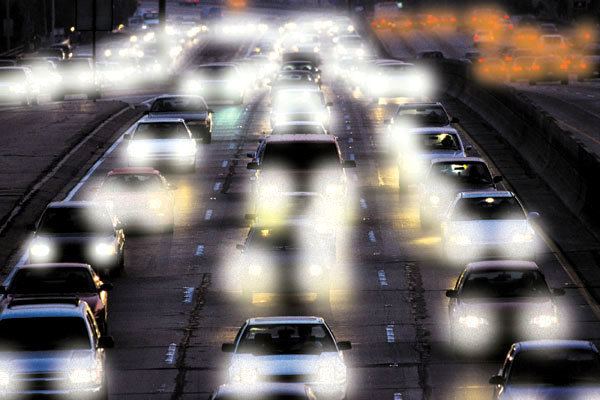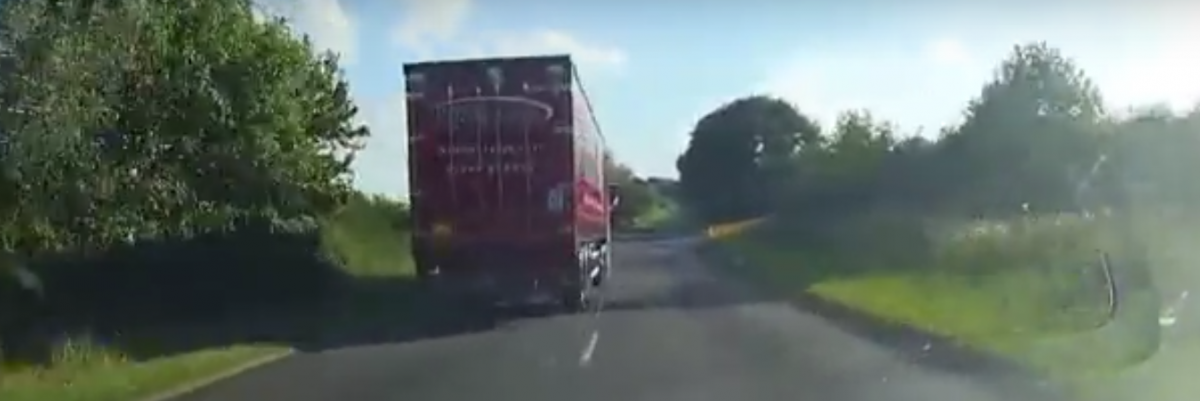While any amount of sunshine is welcomed at this time of year, the glaring low winter sun is taking no prisoners. Often the low level of the sun is much worse during the morning and evening commute and, if the traffic is moving slowly, several miles of facing into the bright sunlight, as invariably the sun is below the level of the sun visor, can put quite a strain on a driver’s eyes.
So, what can a motorist do to cope in these conditions?
 Dirty windscreens make it even more difficult for drivers to see in the low sun. The heater is often on the de-mist setting, blowing traffic fumes, suspended oil and smoke onto the inside of the screen which quickly builds up a film of grime which is a major cause of glare. Clean the screen inside and out with glass cleaner at least once a week.
Dirty windscreens make it even more difficult for drivers to see in the low sun. The heater is often on the de-mist setting, blowing traffic fumes, suspended oil and smoke onto the inside of the screen which quickly builds up a film of grime which is a major cause of glare. Clean the screen inside and out with glass cleaner at least once a week.

Always keep a good pair of sunglasses in the car – they really will make a big difference. Remember to remove them once the sun has set.
If you can’t see because of the sun, do the obvious thing and slow down, keeping an eye on the vehicle behind in case the following traffic can’t see you against the sun. Also, leave extra space between you and the driver ahead if you are dazzled. This will give you more time to regain full control and assess the situation.
 If the sun is behind you, it’s in the eyes of drivers coming towards you – be aware that they might not see you or the road markings between you and them. Switching on the car’s dipped headlights will help oncoming drivers see your vehicle and judge speed and distance.
If the sun is behind you, it’s in the eyes of drivers coming towards you – be aware that they might not see you or the road markings between you and them. Switching on the car’s dipped headlights will help oncoming drivers see your vehicle and judge speed and distance.
Low sun behind can dazzle you via your mirrors, so be ready to dip the mirror and remember to check over your shoulder for vehicles in your blind spot.
Low sun highlights windscreen scratches and grime which can hinder your view, so keep the washer bottle topped up with a good quality screen wash and change the wipers at the first signs of wear.
 There are eye conditions, such as early cataract growth, where looking towards the sunlight gives much worse vision than when looking away from it. These drivers may well be able to drive quite legally, once advised by an optometrist, but should be aware of their condition and drive with extra care or even postpone a journey until light conditions are more favourable. Perhaps that advice would help us all.
There are eye conditions, such as early cataract growth, where looking towards the sunlight gives much worse vision than when looking away from it. These drivers may well be able to drive quite legally, once advised by an optometrist, but should be aware of their condition and drive with extra care or even postpone a journey until light conditions are more favourable. Perhaps that advice would help us all.
